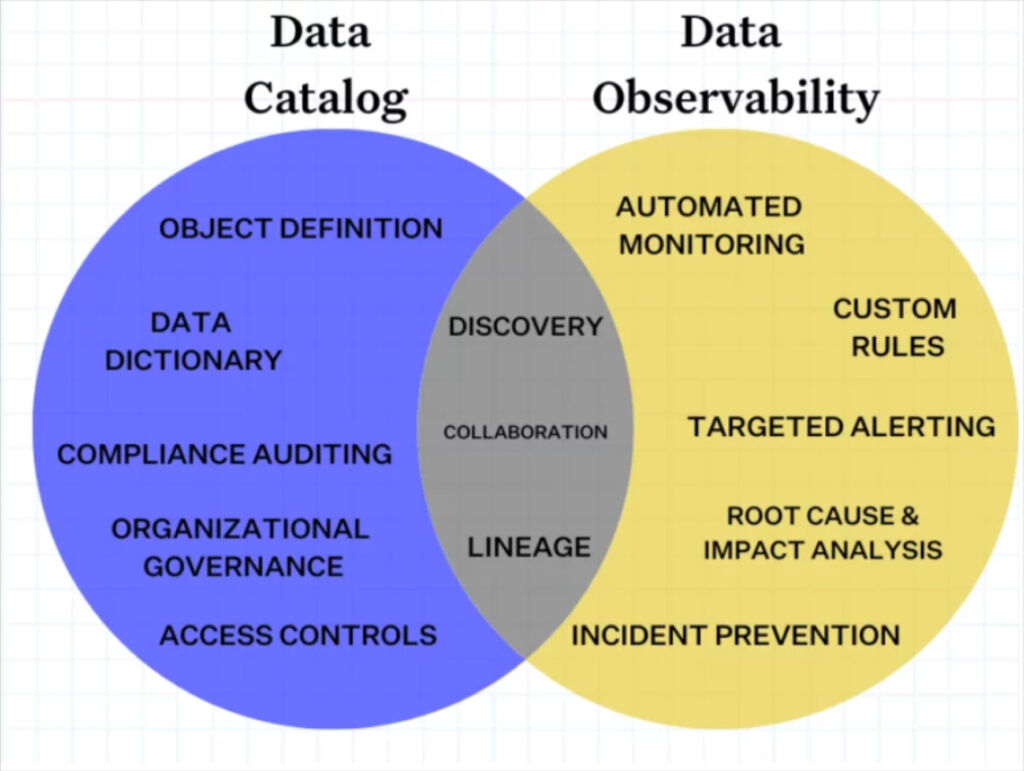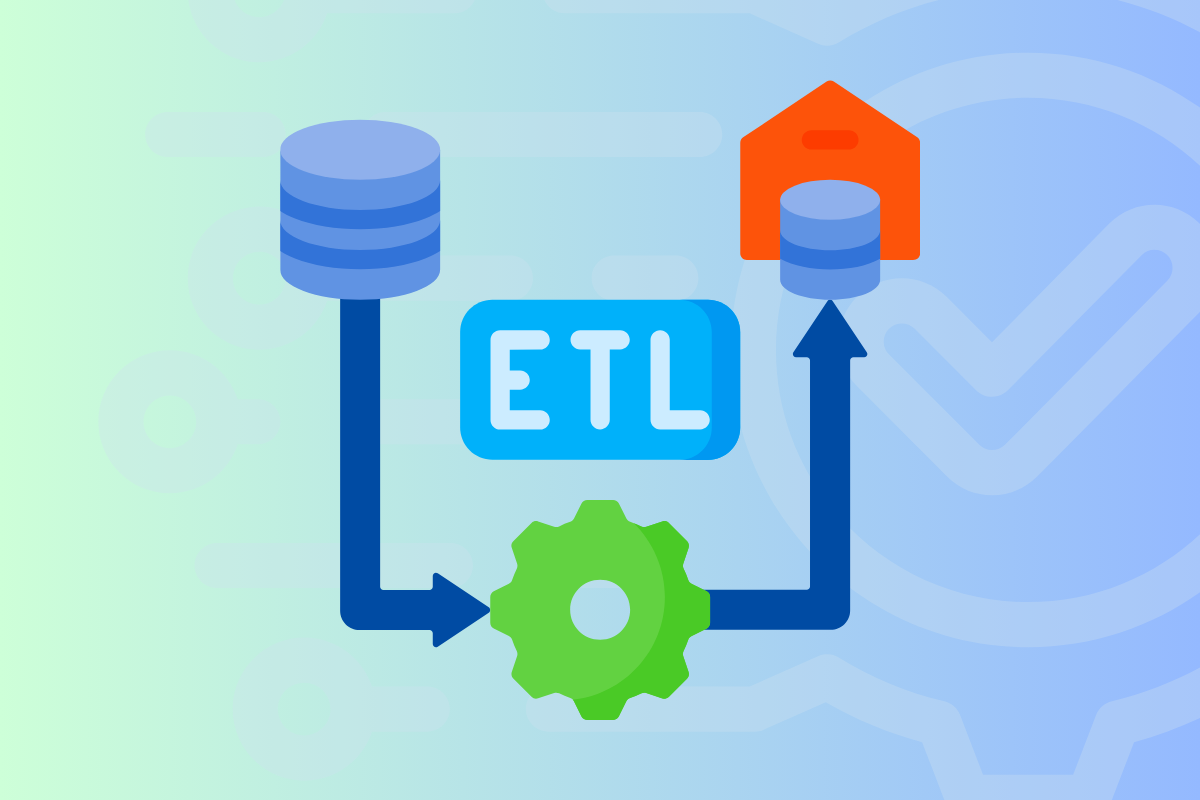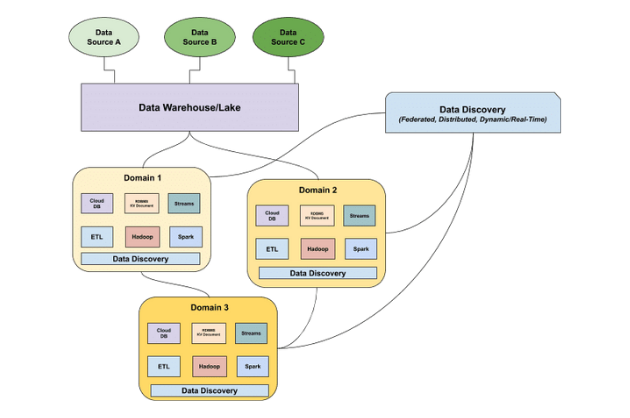Data Catalog vs. Data Dictionary: 3 Essential Differences

Much like a confused tourist trying to differentiate between an alligator and a crocodile from a safe distance, you might squint at a data catalog vs. data dictionary and wonder, “Aren’t they just two boring lists of data stuff?”
Well, no. In fact, not at all. And the distinction isn’t just pedantic, it’s profoundly practical. A data dictionary acts like a meticulous librarian cataloging every book by its exact place and content, focusing narrowly on the particulars of individual data stores. Meanwhile, a data catalog is like a bustling city planner, mapping out where each library sits in the city and how they connect through a network of roads, traffic lights, and underground pipes.
In other words, a data catalog is a comprehensive tool for managing and discovering an organization’s data assets across multiple systems, featuring search capabilities, metadata management, and governance tools, whereas a data dictionary is a focused reference that provides detailed information about the data elements within a specific database or system, including their names, types, and descriptions.
Navigating these differences is essential for any organization aiming to optimize their data infrastructure for clarity, compliance, and collaboration. Let’s decode these critical tools, unbundling the essential differences in the purposes, contents, and usage of a data catalog vs. data dictionary.
Table of Contents
Data catalog vs. data dictionary: Purpose and focus differences
The strategic focus of a data dictionary is on the precise definition and detailed documentation of data within a confined scope, usually a single system or database. It is primarily concerned with the accuracy and proper usage of data at a micro level.
On the other hand, a data catalog aims to provide a macro view of an organization’s data landscape. It emphasizes discoverability, accessibility, and governance of data assets, promoting an integrated approach to data management across multiple platforms and stakeholders. The catalog also supports compliance and security protocols by tracking data usage and access, making it an indispensable tool for managing data at scale.
Data catalog vs. data dictionary: Content differences
Since the contents of a data dictionary are focused on the specifics of data elements within a single system, entries in a data dictionary are akin to a detailed manual of every component in a machine. For example:
- Element Name: The specific name used to identify the data element.
- Data Type: Information on whether the element is an integer, string, date, etc.
- Format: Details on the formatting rules (e.g., YYYY-MM-DD for dates).
- Description: A clear definition of what the data element represents.
- Allowed Values: A list of acceptable inputs for the data element.
- Relationships: Information on how the data element relates to other elements in the system.
- Ownership: Identifies who is responsible for managing the data element. This detailed compilation ensures that every aspect of the data is precisely documented, promoting consistency and clarity within the system.
On the other hand, a data catalog contains a broader array of content designed to make it easy to understand and use data across multiple systems and platforms. Typical contents of a data catalog include:
- Dataset Descriptions: Summaries of what each dataset contains, its purpose, and its business relevance.
- Data Lineage: Visual or descriptive representations of the data’s origin and lifecycle.
- Usage Policies: Guidelines on how the data can be used, including security and compliance information.
- Access Information: Details on how and where the data can be accessed, including API keys or database connections.
- User Annotations and Tags: Collaborative input from users such as comments, usage tips, and tags to improve discoverability and utility.
- Data Quality Metrics: Information on data accuracy, completeness, and reliability.
It not only describes the datasets but also provides tools and context needed to understand, navigate, and utilize the data effectively within a larger ecosystem.
Data catalog vs. data dictionary: Usage differences
The usage of a data dictionary is primarily internal and technical. It’s an essential resource for database administrators, data engineers, and developers who need to ensure that the data within a specific system or database is used consistently and correctly.
On the other hand, a data catalog is used more broadly within an organization and is instrumental in data governance and business analysis. It supports a wide range of users, from IT staff to business analysts, data scientists, and end-users across various departments.
In both cases, users are more likely to rely on and utilize data when they are confident in its quality and integrity. That’s where data observability platform Monte Carlo comes into play.
Both data catalogs and data dictionaries need data observability

Data observability plays a crucial role in enhancing the functionality and value of data dictionaries and data catalogs by ensuring the health of your data.
A data observability platform like Monte Carlo monitors, diagnoses, and resolves data quality issues in real-time. Think of it as a dynamic layer that complements the static nature of data dictionaries and the broad oversight of data catalogs. It ensures that the data described in dictionaries and indexed in catalogs is accurate, reliable, and governed effectively.
Ready to see how observability can transform your data management strategy? Request a demo today and witness firsthand the impact of data observability on your organization’s efficiency and decision-making capabilities.
Our promise: we will show you the product.
 Product demo.
Product demo.  What is data observability?
What is data observability?  What is a data mesh--and how not to mesh it up
What is a data mesh--and how not to mesh it up  The ULTIMATE Guide To Data Lineage
The ULTIMATE Guide To Data Lineage 





